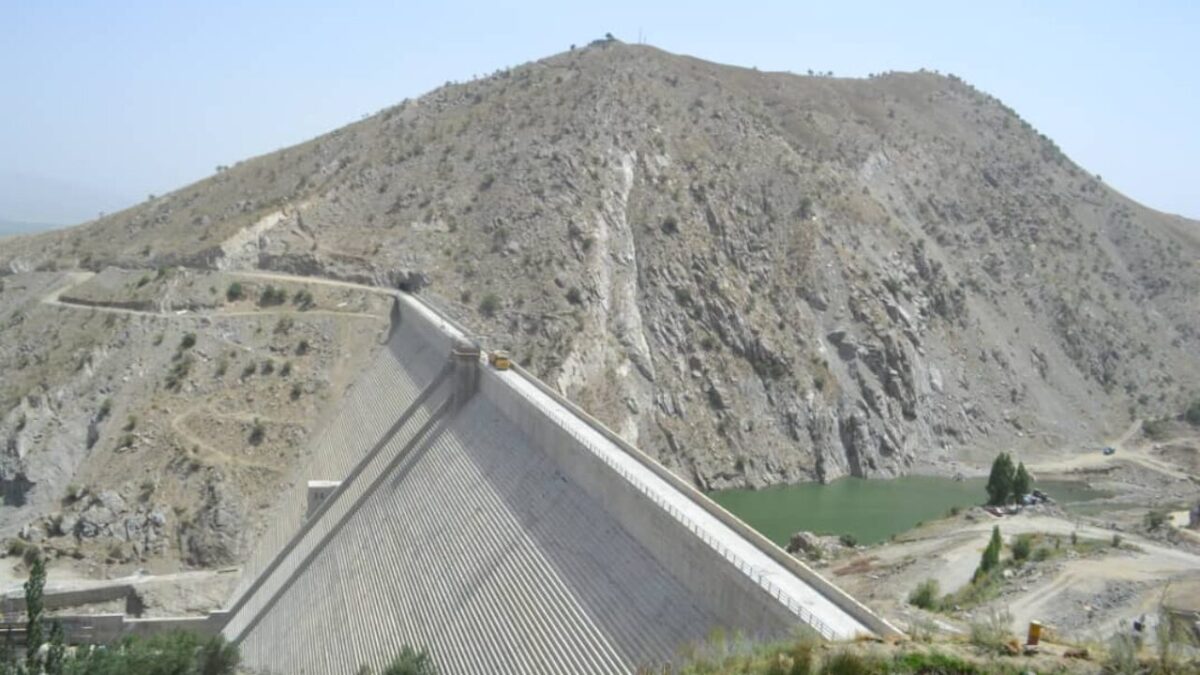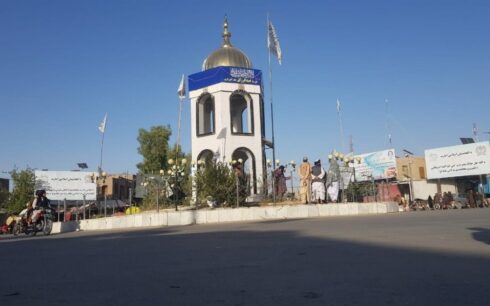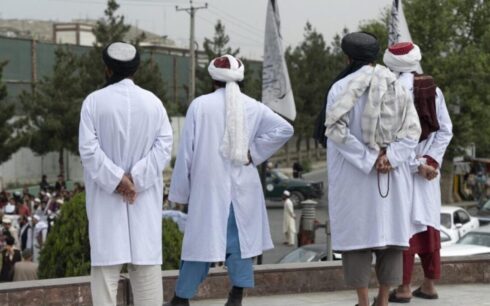KABUL, Afghanistan — The Taliban-led Ministry of Energy and Water inaugurated the Shah wa Arus Dam on Tuesday in Kabul’s Shakardara District, marking the completion of a long-delayed project that began in 2010. The dam is expected to generate 1.2 megawatts of electricity, irrigate nearly 3,500 hectares of farmland, and supply drinking water to thousands of residents in the capital.
At a ceremony marking the occasion, Abdul Latif Mansoor, the Taliban’s Minister of Energy and Water, stated that the dam will provide drinking water for 20,000 Kabul residents and irrigate 3,500 hectares of agricultural land. The dam, built at a cost of more than $250 million, is being hailed as a key step toward managing Afghanistan’s water resources.
Abdul Ghani Baradar, the Taliban’s deputy economic prime minister, called the inauguration “an important milestone” in water management for the nation. “Due to decades of war, fundamental work on the country’s water resources has been neglected,” Baradar said, adding that the Islamic Emirate (Taliban) completed the project professionally after construction began in 2010 during the previous government.
Baradar further noted, “It is worth mentioning that the Shah wa Arus Dam, standing 78 meters tall, has a storage capacity of 9.4 million cubic meters of water. It can irrigate approximately 3,500 hectares of farmland and generate 1.2 megawatts of electricity.”
A long-awaited project
The Shah wa Arus Dam, located in Kabul’s Shakardara District, has faced numerous delays. Construction began in 2012 under Afghanistan’s former government but was halted that same year due to what officials described as technical issues. Work resumed sporadically, with the former government announcing in February 2021 that the dam would be ready for water storage by early 2022.
Following the Taliban’s return to power in August 2021, work on the project resumed after a brief hiatus. The dam’s construction was completed in the spring of 2023.
Key Features of the Shah wa Arus Dam
The concrete gravity dam stands 78 meters high and has a capacity to store 9.4 million cubic meters of water. It includes a power station capable of producing 1.2 megawatts of electricity. In addition to providing drinking water, the dam will irrigate thousands of hectares of farmland, making it a crucial infrastructure project for the region.
Taliban officials have also emphasized the role of such projects in mitigating the effects of climate change. Abdul Salam Hanafi, the administrative deputy prime minister, noted that while Afghanistan’s contribution to global climate change is negligible, the country is among those most affected by its consequences. “Dams like Shah wa Arus are vital for combating drought and managing water resources,” Hanafi said at the ceremony.
The Shah wa Arus Dam was first proposed by Afghanistan’s Ministry of Energy and Water years before construction began. An Iranian joint venture, Tablieh and Parhoon Tarh, was awarded the contract in 2014, along with the Alborz Sazeh Company, which led the project. The dam’s design-build contract encompassed a rock-filled dam, intake, powerhouse, spillways, and canals.
Former President Ashraf Ghani visited the site in 2015, underscoring its importance as Afghanistan’s first roller-compacted concrete dam. The project created jobs for 500 workers during its construction and marked a significant step forward in modernizing the country’s water infrastructure.





